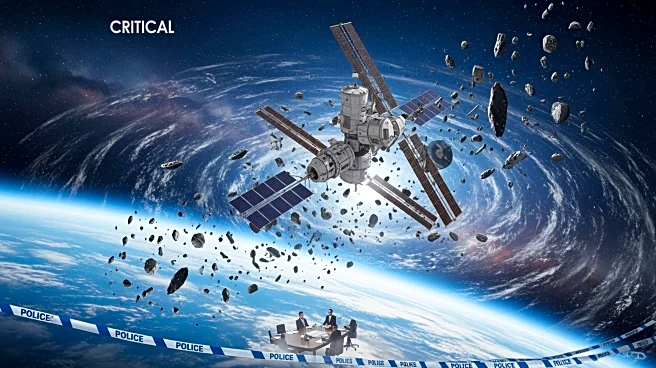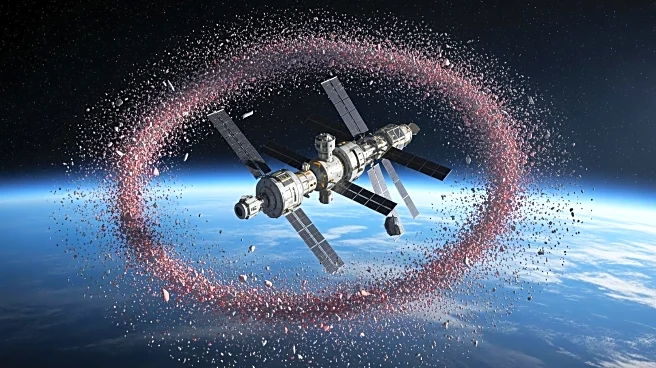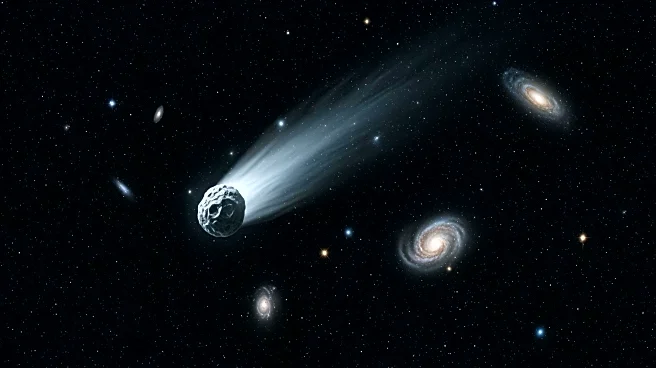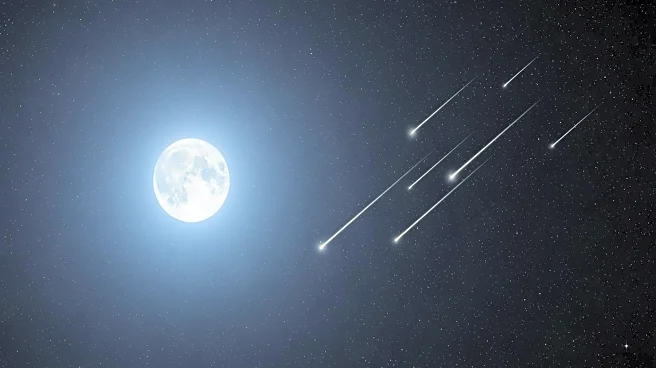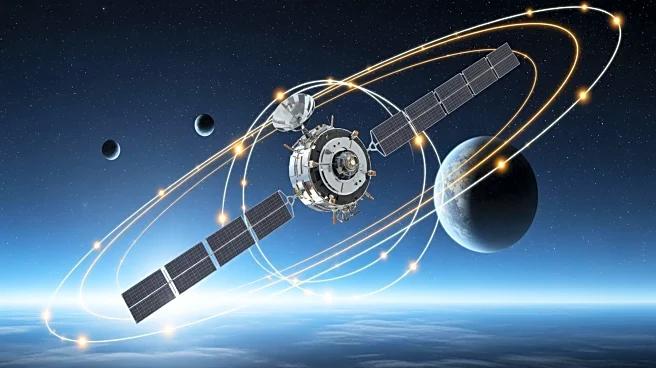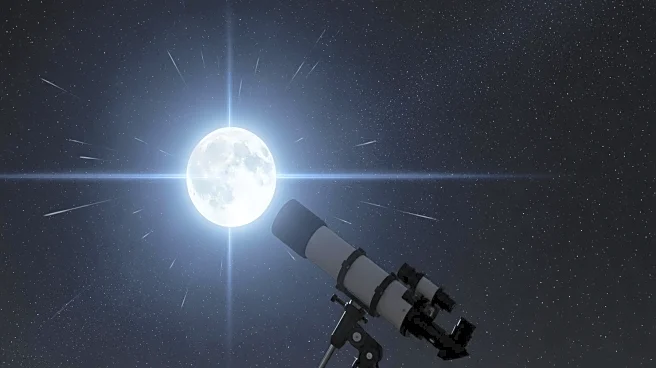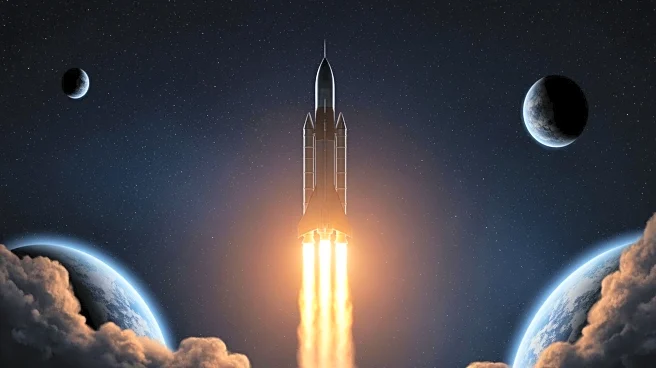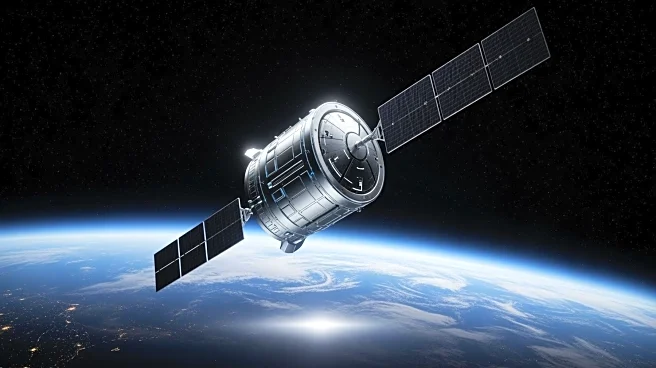What's Happening?
Recent research indicates that climate change is exacerbating the space junk problem by thinning the upper atmosphere, which reduces the natural drag on satellites and debris. This drag typically helps
remove dead spacecraft and fragments from orbit. As greenhouse gas emissions continue to alter the atmosphere, old satellites and junk remain in orbit longer, increasing the risk of collisions. A study by MIT aerospace engineers suggests that by the end of the century, some orbital regions may only safely host about 66% of the satellites they can today due to the growing risk from space debris.
Why It's Important?
The thinning of the upper atmosphere due to climate change poses significant challenges for space exploration and satellite operations. As the demand for space infrastructure grows, managing the number of satellites launched and reducing greenhouse gas emissions becomes crucial to prevent collision cascades and ensure safe spaceflight. This research highlights the interconnectedness of Earth's climate and space environments, emphasizing the need for sustainable practices to protect both.
Beyond the Headlines
The study links climate change and space debris, two crises that often seem separate. It underscores the importance of treating Earth's atmosphere and orbits as shared, finite resources. Protecting space for science, communication, and exploration requires addressing climate change and managing orbital traffic effectively. This research calls for a holistic approach to environmental stewardship, both on Earth and in space.
